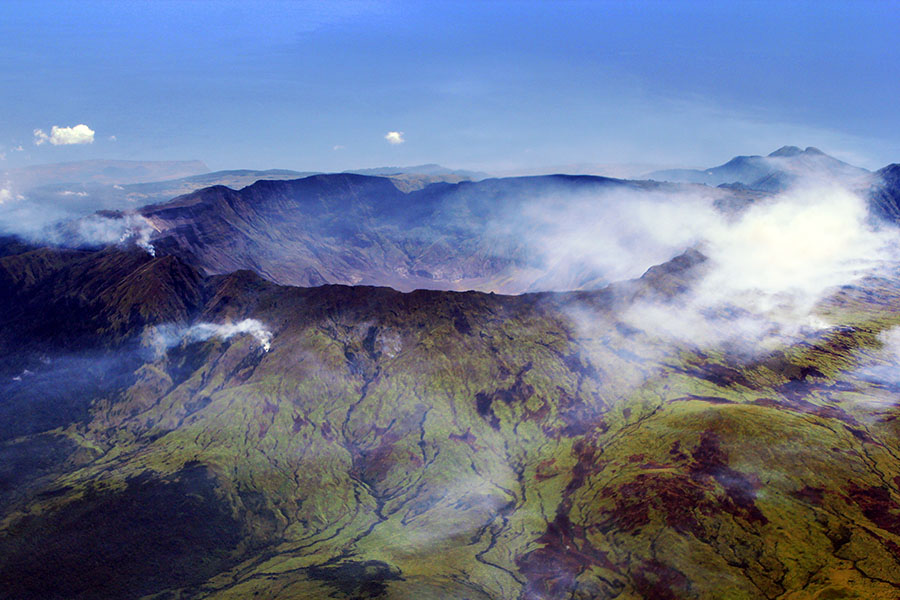With Caldera Forms it is simple to create posts without letting users or editors into the backend of your WordPress website. The Caldera Forms Custom Field add-on is required in order for this to work, if you do not have Caldera Forms Custom Fields you may download it here.
Creating The Form
Creating a Caldera Form is quick and easy and only takes a couple of clicks. To create a Caldera Form for front end post creation, do the following:
1. Login to your WordPress dashboard
2. Navigate to Caldera Forms. This will open up the Caldera Forms settings page, to add a new form select the New Form button which is near the top of the page.
3. In this scenario, we will use the blank template. Select this inside the template select modal. Remember to name your form to something relevant like ‘New Post form’ or ‘Contact Form’.
Adding The Fields
When creating a new post in WordPress, we will need the following fields:
Title – Single text field.
Featured Image – File upload field.
Content – Rich text editor (WYSIWG) field.
Categories – Checkbox field. (which will use autopopulate option to generate the categories)
Status – Dropdown field type with the options of draft/status You may leave this field out if you only want one status for each new post – i.e. published or draft.
Once you have added the above fields, your form should look something similar to this:


Working With The Processor
Read how to add your processor here.
In the processor settings, add the field magic tags for the relevant options, we will add data to the following options – Post Type, Post Status, Post Title, Post Content, Post Author, Featured Image and Categories.
Save To Post Type Processor Fields Explained
Post Type – This is where the form will save it’s data to. This includes posts, pages, media, custom post types and more.
Post Status – The default post status type when the post is created. (i.e. publish, draft, review)
Post ID – This is the post ID you would like to edit if you are editing an existing post. In this case, we will leave it blank so that it creates a new post each time.
Post Title – This will be the title of our post.
Post Content – This will be the actual copy for the post.
Post Author – This will be the author assigned to the post, you may post content and assign it to another user. Otherwise you will be able to use {get:user_name} to assign the post to the person filling out the form.
Post Parent – This will be the parent of the post you are creating.
To Ping – This will be used for the pingback of the post.
Post Password – This will be used if you would like the post to be password protected. (Use the Password field type for this)
Post Excerpt – You are able to add your own post Excerpt.
Comment Status – This option takes two options ‘Closed’ or ‘Open’, this allows to disable or enable comments for the post you are creating.
Featured Image – This will be the featured image of the post you are creating.
Taxonomies – This will generate options for all available taxonomies, including custom taxonomies.
If any fields that are created while using Caldera Form for front-end post creation are not used in the processor or linked to an existing option will be added as post meta.
Additional Settings
There are some settings that should be changed, however this is entirely up to you.
Disable Email Notification – To do this, simply select the Email tab inside the Caldera Form editor and select Disable Editor.
Disable Entries – To disable entries, select Form Settings at the top of the Caldera Form setting page. Once inside the form settings tab, set captured entries to disabled.
Improve Your Content Creation WorkFlow
With the help of Caldera Forms Custom Fields add-on you are able to easily create blog posts without logging into your WordPress dashboard. You are able to extend onto this example to offer front-end post editing with Caldera Forms or even charge your users by simply integrating a payment with one of the supported gateways to your front-end post creation form. A real world example could be that you would charge users to list their details, businesses or goods to a custom post type listing plugin.

